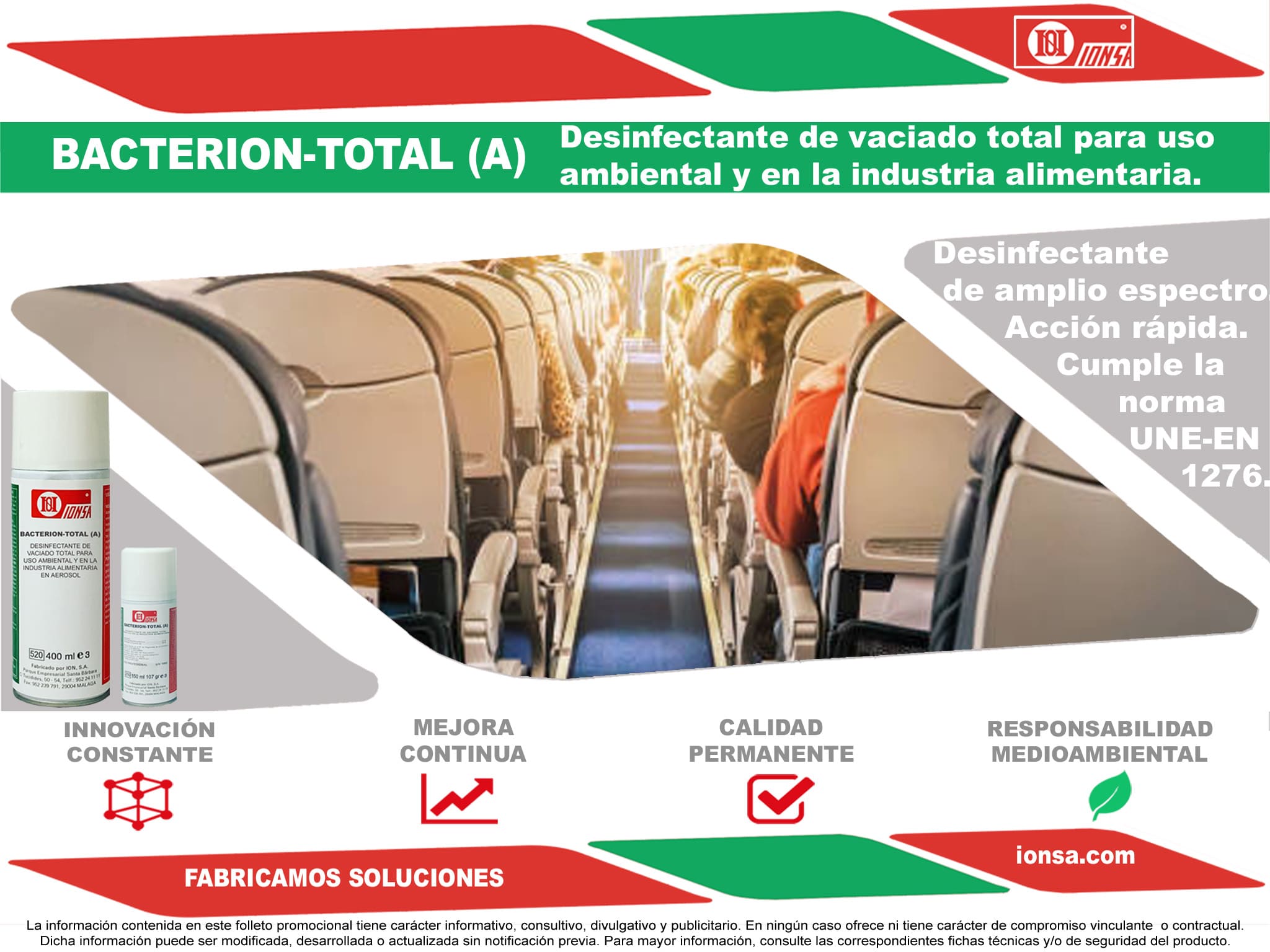
Artículo de interés sobre compuestos de amonio cuaternario:
Quaternary ammonium compounds are positively charged cationic nitrogen compounds, chlorine is generally the anion. They are antimicrobial compounds considered to be potent active ingredients in terms of their disinfectant potential as a biocide as they are highly effective in killing gram-positive and gram-negative bacteria, although the latter to a lesser extent.
Ammonium quaternaries function as bactericides, fungicides and virucides, their efficiency lies in their activity in acid and alkaline media, as well as in their compatibility with cationic, non-ionic and amphoteric surfactants.
Benzalkonium chloride (Maquiquat CB80), also called n-alkyl dimethyl benzyl ammonium chloride, where the alkyl chain can have variations in carbon number composition. The alkyl chains of 12 and 14 carbons have the highest antibacterial power.
Although this compound was synthesised a long time ago, the molecule is still widely used in hospital and veterinary disinfection, as well as a bactericide for deodorant use in foot powders and topical disinfectants.
It is no longer commercially available. It is a product with the chemical name: n-alkyl dimethyl ethyl benzyl ammonium chloride, i.e. it has an ethyl radical in the aromatic ring.
It is a mixture of the first two generations of quaternaries: benzalkonium chloride (Maquicuat CB80) and alkyl dimethyl benzyl ammonium chloride (Barquat TM 4280Z). The mixture of these two quaternaries results in increased biocidal activity, increased detergency and increased user safety due to relatively low toxicity.
Referred to as “Twin or Dual Chain Quats” or “twin chain” quaternaries, these are quaternary products with linear dialkyl chains and no benzene ring, such as: didecyl dimethyl ammonium chloride or dioctyl dimethyl ammonium chloride or octyl decyl ammonium chloride, each in isolation. These quaternaries are superior in germicidal activity, are low foaming and have a high tolerance to protein loads and hard water. They are recommended for disinfection in the food and beverage industry, as they can be applied due to their low toxicity.
Mezcla de la cuarta generación con la segunda generación, es decir: cloruro de didecil dimetil amonio + cloruro de alquil dimetil bencil amonio + cloruro de alquil dimetiletilbencil amonio + otras variedades según las formulaciones. La quinta generación tiene un desempeño mayor germicida en condiciones hostiles y es de uso seguro.

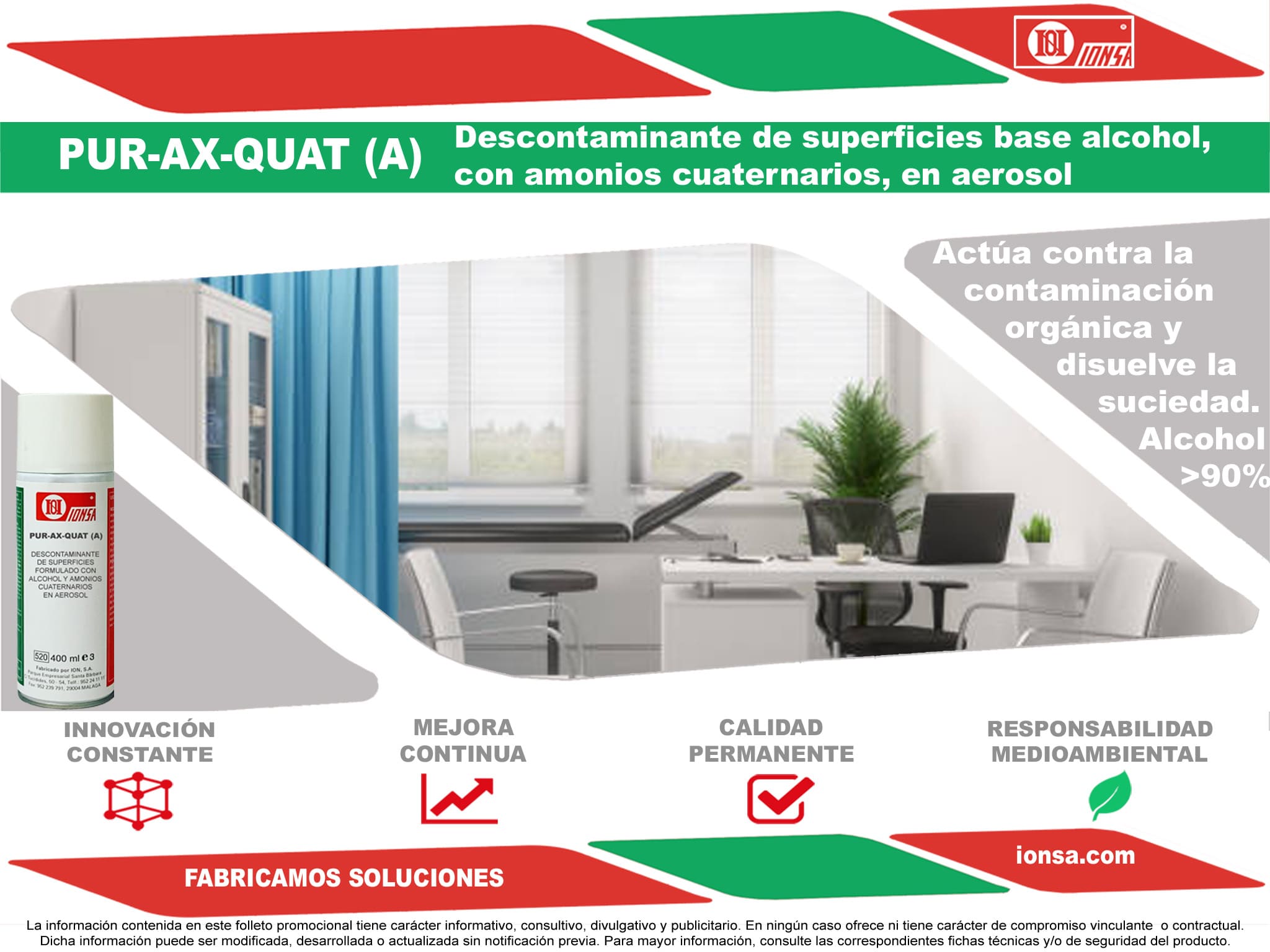
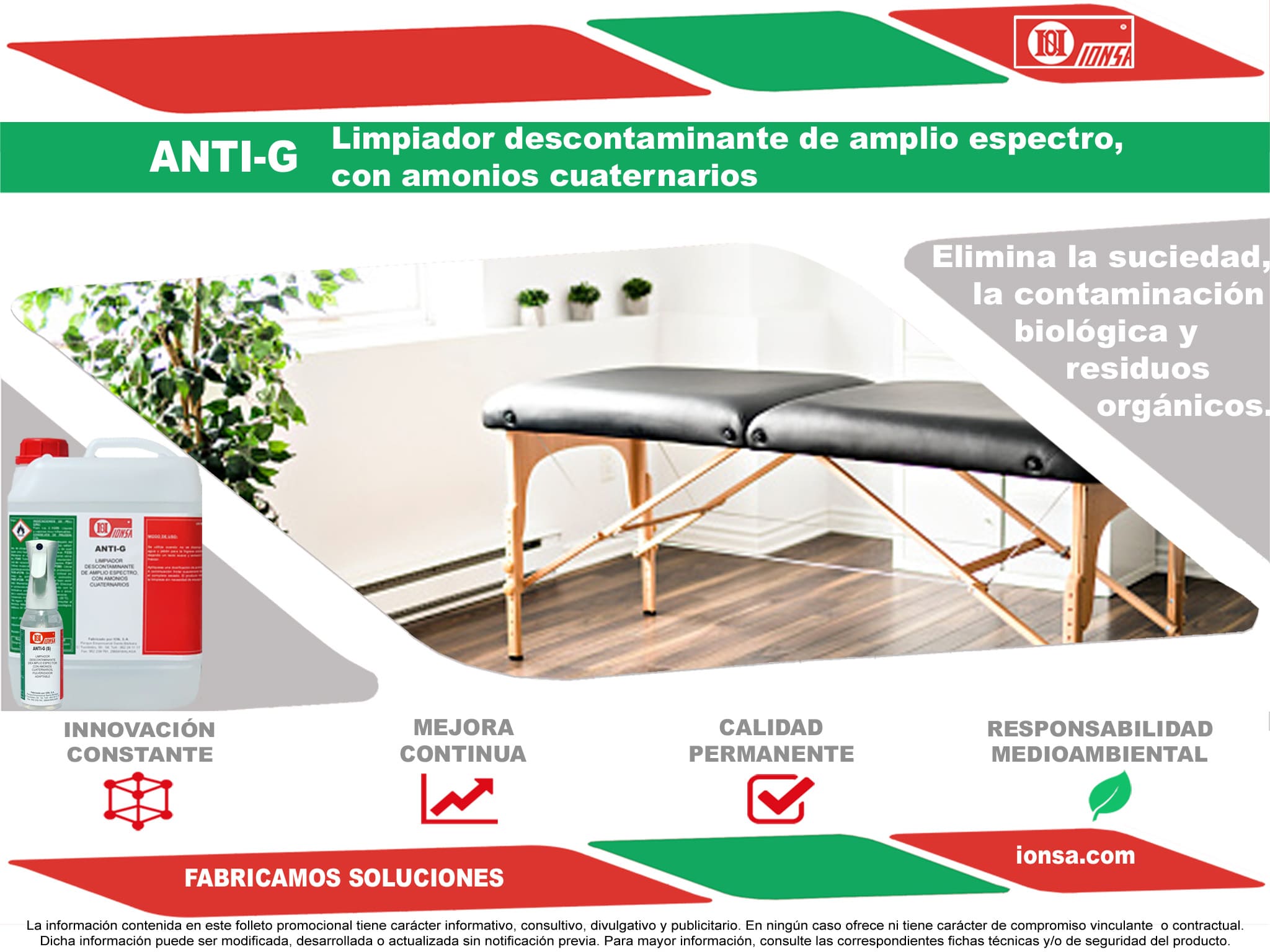


The current COVID-19 coronavirus pandemic has shaken the world in recent months. Many sectors have had to change or transform because of it, and chemical

“Isopropanol, also called isopropyl alcohol or 2-Propanol”. The documents consulted recommend the use of 75% isopropanol in formulations for hand disinfection and not for
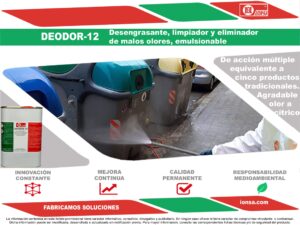
DEODOR-12 posee función desengrasante, detergente, desodorizante, higienizante y preventiva. ¿Qué es?
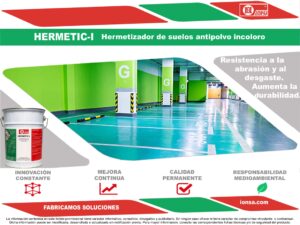
ION S.A. has a range of floor sealing paints, especially for application on cement and concrete surfaces. These coatings provide a perfect finish, with anti-slip,

This product is especially suitable for waterproofing roofs and ceilings with maximum durability and resistance to external agents. It is available in different colours: white,
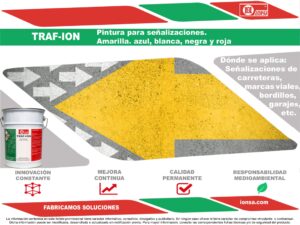
The TRAF-ION range of paints formulated by IONSA has been specially developed for application on surfaces designed to withstand road traffic (asphalt, concrete, cobblestones, etc.).
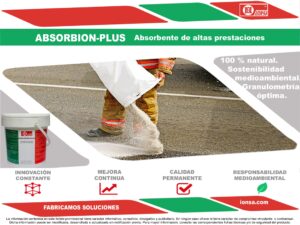
Spillage of liquids is one of the most common incidents in the daily professional activity of many companies in different sectors, including: the food industry,
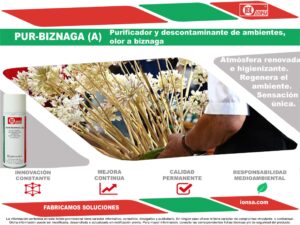
On the occasion of our 40th anniversary, at IONSA we have found no better way to celebrate it than by designing an innovative room purifier